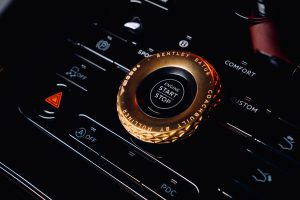
Gold – How an Ancient Metal Became the Future of Bespoke Luxury
26 November 2025
Above: The charisma dial in the cabin of the Bentley Batur – crafted by Cookson Industrial for the world-famous luxury carmaker under a partnership to
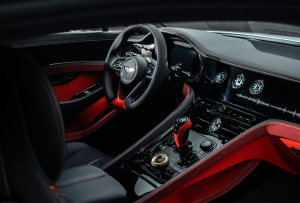
For Luxury, It Pays to Make It Personal
26 November 2025
Here’s How We Bring Custom Precious Metals to Life
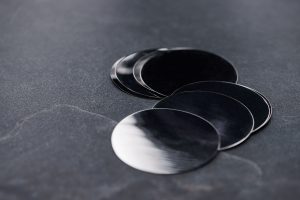
Sputtering Targets for Thin Film Excellence
29 July 2025
Discover how sputtering targets are used in thin film deposition across electronics, optics, aerospace, and more. Learn about materials, applications, and manufacturing.
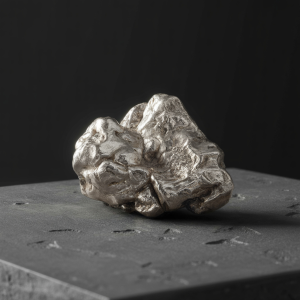
How Palladium Powers Your Everyday Tech
15 July 2025
In a world increasingly driven by miniaturisation, speed, and smart connectivity, it’s often the unseen materials that make the biggest impact. One such unsung hero
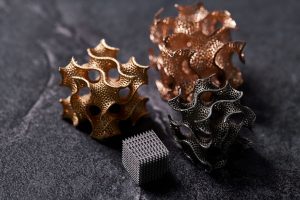
Events
3 July 2025
Events At Cookson Industrial, we’re always at the forefront of innovation in the precious metals industry, and there’s no better way to showcase our cutting-edge

